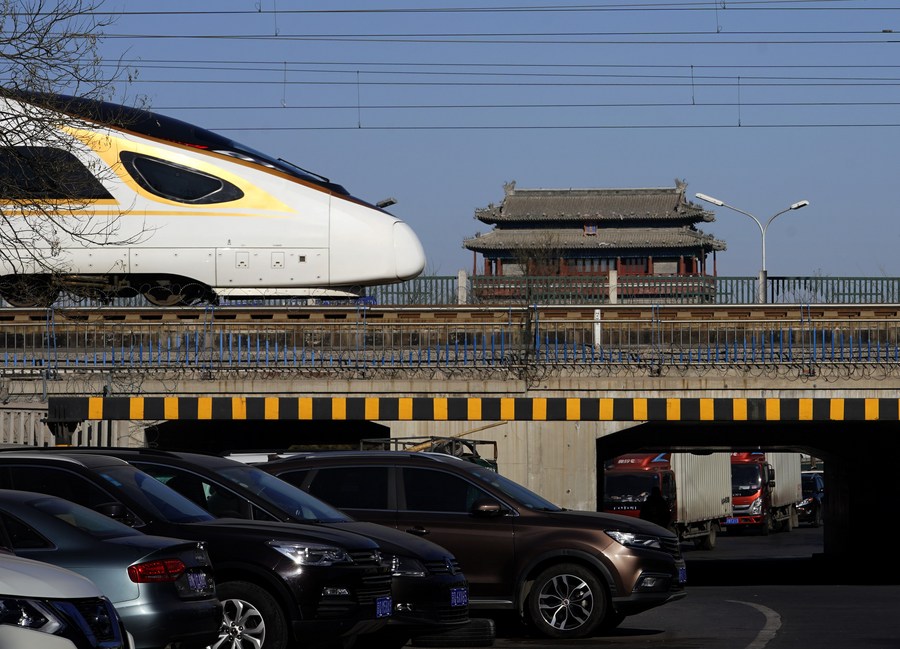App Converts Phone or Tablet into Two-Way Translation Device, with Access to 82 Languages at Your Fingertips
PALO ALTO, Calif., Sept. 6, 2022 /PRNewswire/ -- Pocketalk, a leader in real-time language translation technology, today introduces Pocketalk App, its first mobile app, which enables use of a phone or tablet for fast, reliable, and affordable two-way translation. The cloud-based Pocketalk App translates 82 languages, supporting a global need for accessible translation solutions. Easy to download on any iOS or Android device for $2.99 monthly or $29.99 annually, it provides subscribers access to the most accurate conversational translations whenever they use the app on their phone or tablet. First time users of the Pocketalk App will receive a free three-day trial that can be activated once the app is downloaded.

"There's never been a greater need for accurate, fast, and accessible translations that bridge the language divide," said Noriyuki Matsuda, Founder and CEO, Pocketalk. "The Pocketalk App contributes to a deeper understanding of people and different cultures, all at one's fingertips, and meets a need for people to more easily communicate with each other anywhere in the world."
Translations for Everyday Conversations
The Pocketalk App gives people freedom to speak with more confidence during multiple language conversations, knowing the person they're speaking to will more clearly understand them, bridging language gaps when it's needed most. The app lends itself to casual, spontaneous everyday conversations, and is the ideal companion for traveling abroad, for helping build stronger connections with relatives who may only speak their native language, for chatting with international friends or colleagues, and for informal exchanges at happy hour or the grocery store.
The Pocketalk App is a complement to Pocketalk's existing suite of language translation products, including Pocketalk S and the HIPAA and GDPR compliant Pocketalk Plus that have proven success strengthening communication for travel, education, healthcare and logistics.
Once downloaded on a preferred mobile device or tablet, the Pocketalk App creates new potential for on-the-go conversations and translation support whenever multiple languages are being spoken.
Pocketalk App In Action
Once the Pocketalk App is downloaded on a phone or device, select the language you want to speak in and language you'd like to translate to. Then, hold down the "translate" on your screen and speak to activate. As you speak, the app will translate to text in the language you've asked it to translate to. Additional app features include:
- One-button translation for simpler translations in fewer steps
- Text-to-translate camera, which allows your phone or tablet camera to instantly recognize and translate digital text, written words, and signs
- Conversion feature, which computes exchanges for currency, length, width and temperature
The Pocketalk App is available for purchase in the App store and Google Play for $2.99 monthly or $29.99 annually and provides subscribers a connection anywhere they go in the world. The free three-day trial can be activated following the initial app download. For more information and to view a product demo, visit Pocketalk.com.
ABOUT POCKETALK
Pocketalk is the global leader in connecting the world and facilitating conversation through the only translation solutions on the market that enable an authentic communication experience. Pocketalk, which is HIPAA and GDPR compliant, connects people of all backgrounds through language translation — fast, easy and most importantly, accurate translation. Developed, manufactured and distributed by Sourcenext, the largest distributor and creator of software, hardware, and IoT products in Japan, Pocketalk officially launched in the U.S. in 2018 with headquarters in Palo Alto, CA. The company offers translation solutions through the handheld Pocketalk collection and, in an exciting innovation, now the cloud-based Pocketalk Pair and Pocketalk App. The two-way translation solutions can translate 82 languages and be utilized anywhere in the world with an internet or data connection. To find more information or purchase Pocketalk, visit Pocketalk.com and follow us on Facebook, Twitter, Instagram and LinkedIn to stay in touch with our latest updates.
SOURCE Pocketalk








